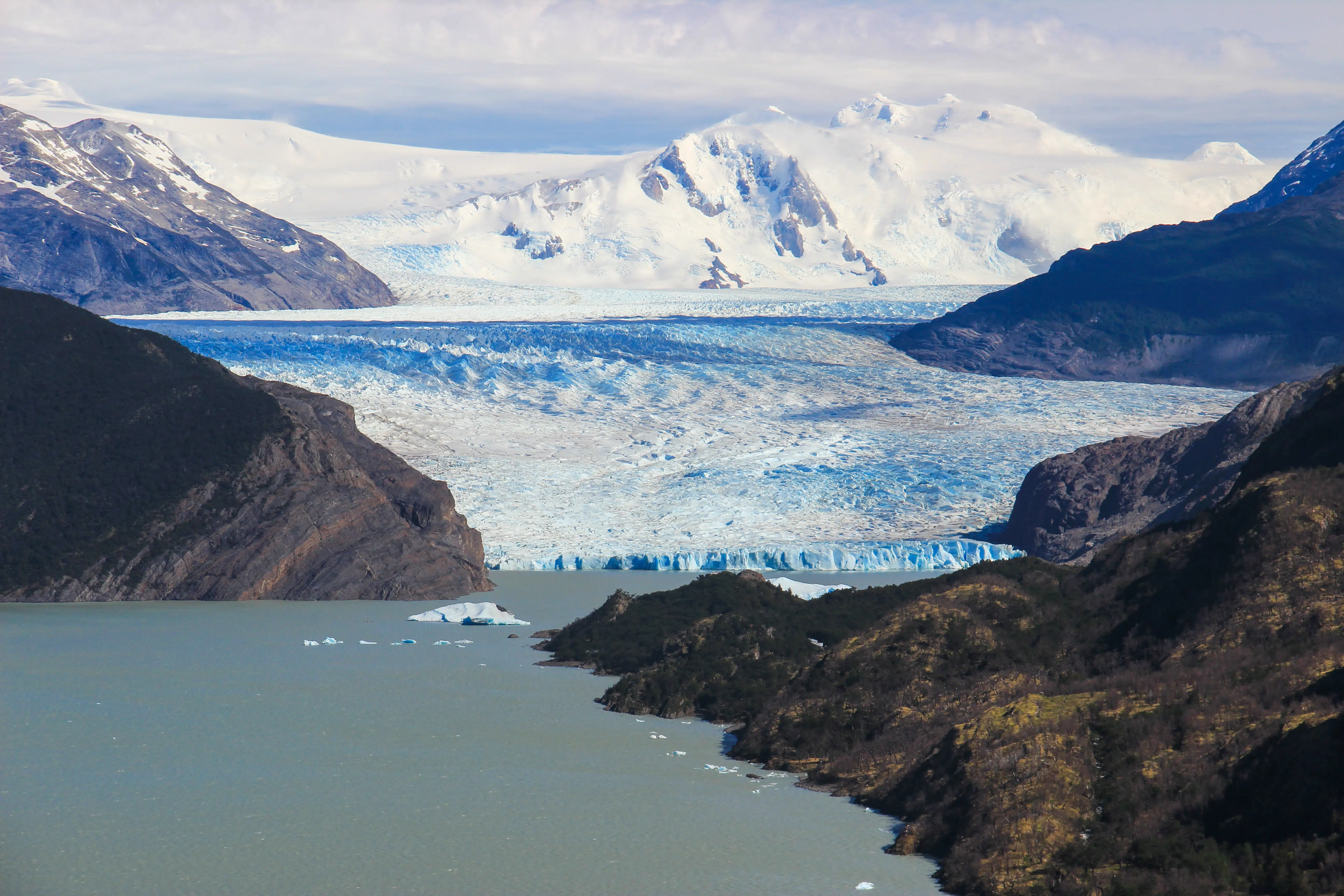Frequently Asked Questions About Antarctica
General FAQs for Antarctica
Which city is the capital of Antarctica?
What is the currency of Antarctica?
Which language is spoken in Antarctica mainly?
Which time of the year is best to visit and Antarctica?
How long do you need to travel Antarctica?
Which are the emergency numbers in Antarctica?
Places FAQs For Antarctica
What are the must visit places in Trinidad and Antarctica?
– Ross Ice Shelf: The largest ice shelf in Antarctica and the largest known body of floating ice on Earth.
– McMurdo Station: One of the largest scientific research stations in Antarctica with many activities, such as aircraft flights and tours.
– Deception Island: An active volcano within an island surrounded by sea ice, home to many scientific research stations.
– South Pole: The southernmost point of the Earth, located in Antarctica’s interior.
– Antarctic Peninsula: A mountainous region of Antarctica, home to many species of birds and marine life.
– Davis Station: An Australian research station featuring an interactive museum and tours of the surrounding area.
– Emperor Penguin Colony: A large colony of emperor penguins located in the Weddell Sea, accessible by boat.
How do tourist get around in Trinidad and Antarctica?
Budget FAQs For Antarctica
How much will Trinidad and Antarctica trip cost?
How much does food cost in Trinidad and Antarctica?
What is the cost of accommodation in Trinidad and Antarctica?
What is the cheapest time for Trinidad and Antarctica trip?
Culture FAQs For Antarctica
How are the people in Trinidad and Antarctica generally?
What is the most popular food in Trinidad and Antarctica?
The cuisine in Antarctica is mainly composed of a variety of hearty dishes that can withstand the harsh weather conditions. Popular dishes include:
• Seabird stew (made with Adelie penguin)
• Whale steak
• King crab soup
• Fish and chips
• Roasted seal meat
• Carrot mash
• Grilled krill
What are the most popular sports in Trinidad and Antarctica?
What are main religions in Trinidad and Antarctica?
Which festivals are celebrated in Trinidad and Antarctica?
The people living and working in Antarctica celebrate a variety of festivals throughout the year. Popular festivals include:
• Midwinter Festival – celebrated on June 21st each year with traditional feasts, singing, dancing, and storytelling by residents of the various research stations.
• Antarctic Reindeer Race – held usually during December, which is a unique race of reindeer racing around the South Pole.
• Antarctic Muztagh Ata Expedition – an international cultural, educational and scientific expedition held each year in January which includes visits to remote places and presentations from international experts.
• International Polar Year – held every four years to celebrate the achievements of polar research over the past decade.
What are the best souvenirs to buy in Trinidad and Antarctica?
There are a variety of souvenirs available to buy from Antarctica, which make great mementos and gifts. Some popular items include:
• Handcrafted jewelry made using materials found in the Antarctic such as rocks, stones, shells, and driftwood.
• Clothing and other apparel featuring prints of the unique wildlife or landscapes found in the region.
• Postcards with images of Antarctica.
• Snowglobes and keychains featuring iconic Antarctic creatures such as penguins, seals, and whales.
• Antarctica-themed souvenir books or maps.
















